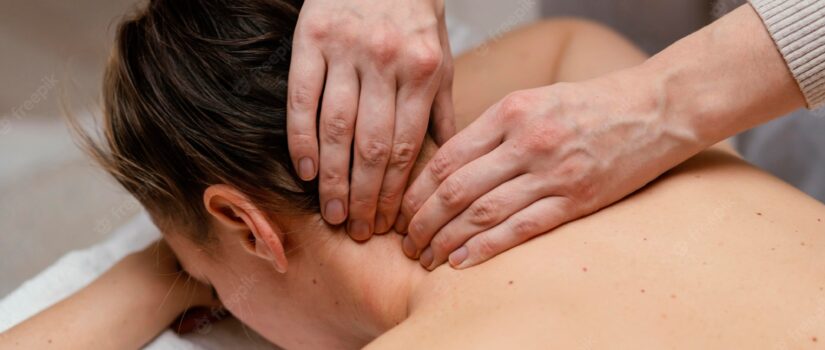Health and 안마
안마 affects the body as a whole. To understand how massage therapy works, some of the physiological effects of massage need to be briefly examined.
Massage is known to increase the circulation of blood and flow of lymph. The direct mechanical effect of rhythmically applied manual pressure and movement used in massage can dramatically increase the rate of blood flow. Also, the stimulation of nerve receptors causes the blood vessels (by reflex action) to dilate, which also facilitates blood flow.
A milky white fluid called lymph carries impurities and waste away from the tissues and passes through gland-like structures spaced throughout the lymphatic system that act as filtering valves. The lymph does not circulate as blood does, so its movement depends largely on the squeezing effect of muscle contractions. Consequently, inactive people fail to stimulate lymph flow. On the other hand, the stimulation cause by vigorous activity can outstripped by the increased waste produced by that activity. Massage can dramatically aid the movement of lymph in either case.
For the whole body to be healthy, the sum of its parts – the cells – must be healthy. The individual cells of the body are dependent on an abundant supply of blood. And lymph because these fluids supply nutrients and oxygen and carry away wastes and toxins. So, it is easy to understand why good circulation is so important for the entire body, due to its effect on the circulation alone.
Massage is also know to:
– Cause changes in the blood. The oxygen capacity of the blood can increase 10-15% after massage
– Affect muscles throughout the body. Massage can help loosen contracted, shortened muscles and can stimulate weak, flaccid muscles. This muscle “balancing” can help posture and promote more efficient movement. Massage does not directly increase muscle strength, but it can speed recovery from fatigue that occurs after exercise. In this way, it can be possible to do more exercise and training. Which in the long run strengthens muscles and improves conditioning. Massage also provides a gentle stretching action to both the muscles and connective tissues. That surround and support the muscles and many other parts of the body, which helps keep these tissues elastic.
– Increase the body’s secretions and excretions. There is a proven increase in the production of gastric juices, saliva, and urine after massage. There is also increase excretion of nitrogen, inorganic phosphorous, and sodium chloride (salt). This suggests that the metabolic rate (the utilization of absorbed material by the body’s cells) increases.

